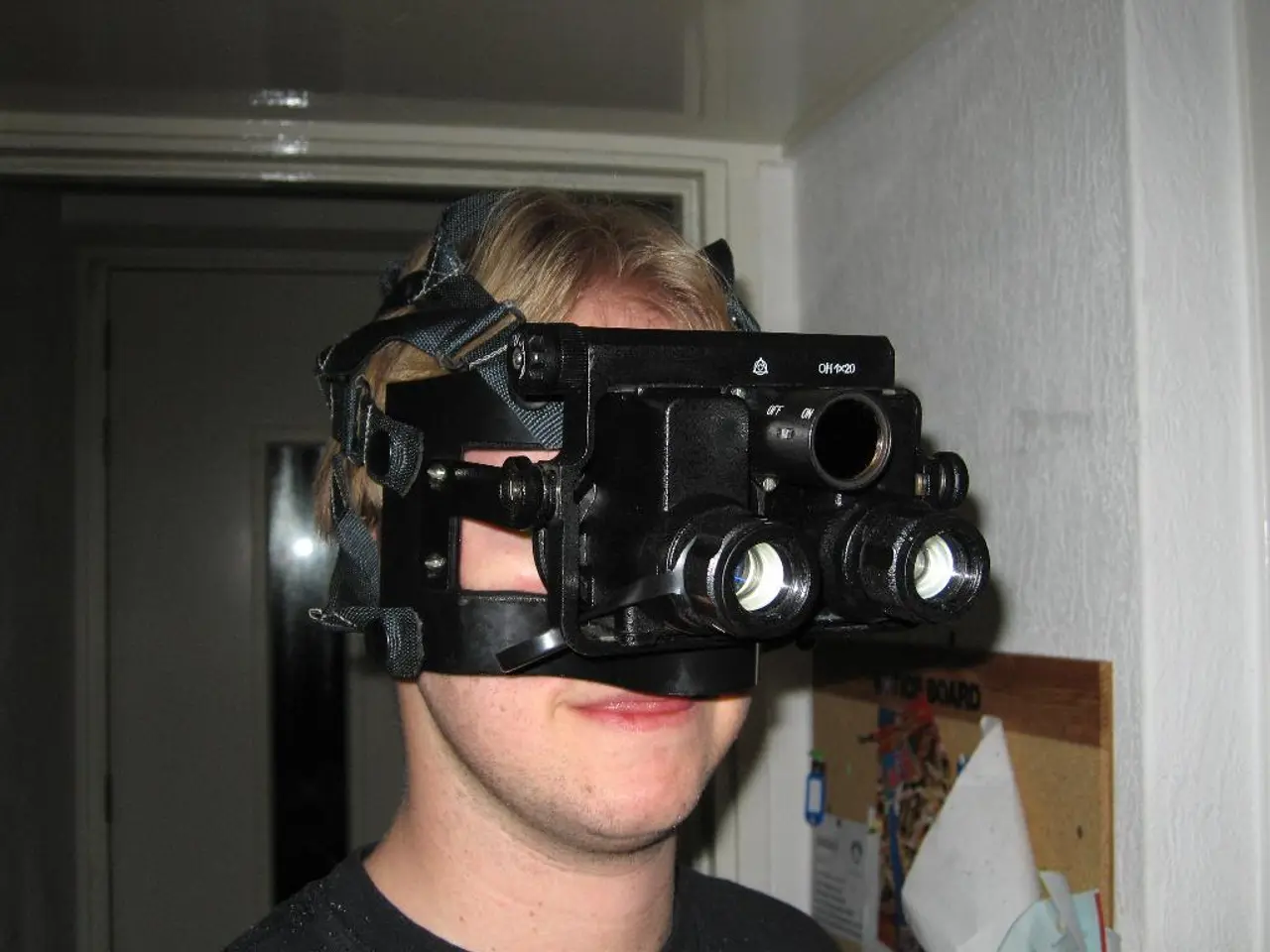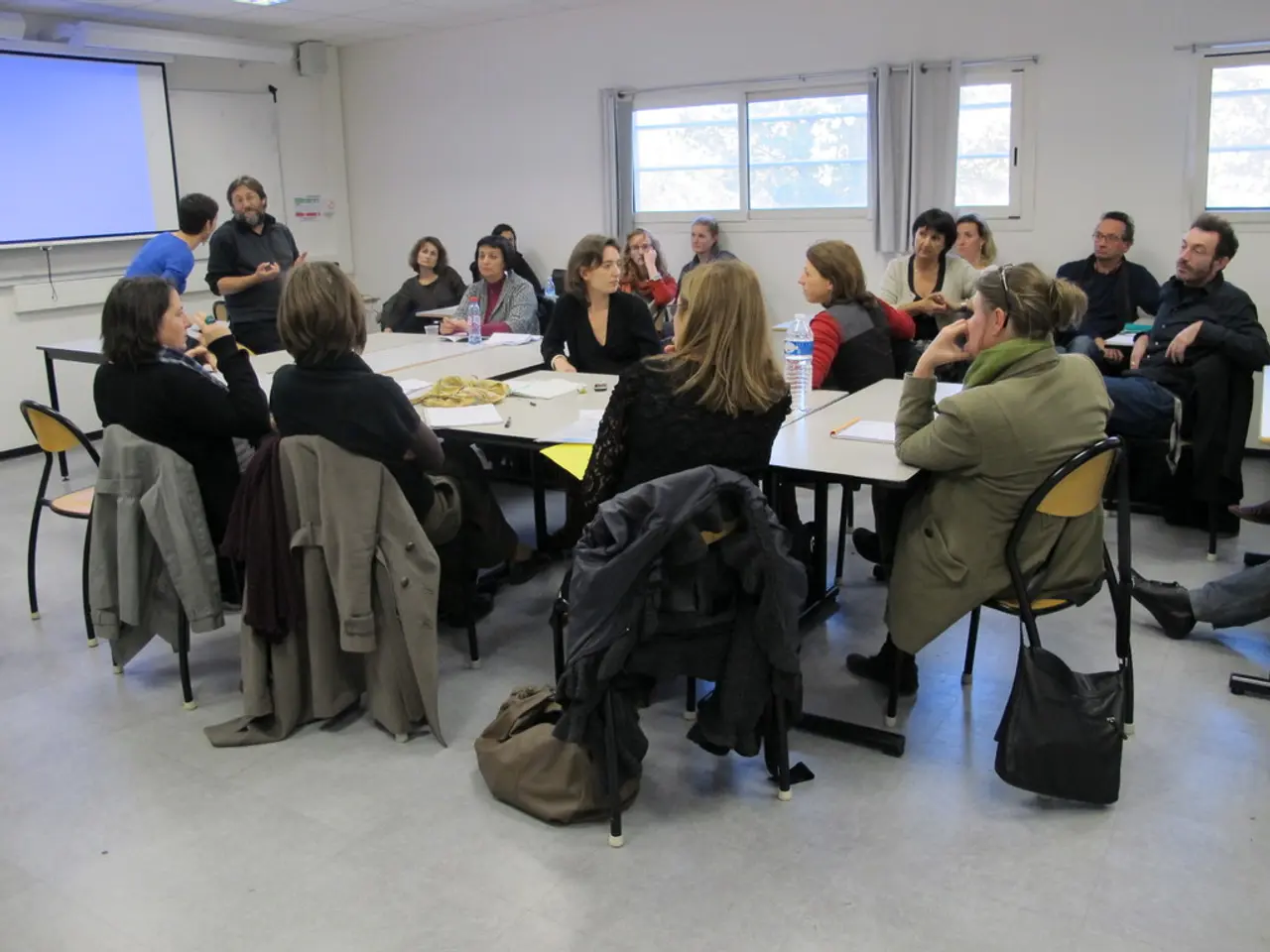Advancements in Virtual Reality and Brain Restructuring
In the realm of neurorehabilitation, a groundbreaking convergence of technology and medicine is taking shape: the integration of Virtual Reality (VR) and cortical reorganization. This innovative approach holds significant potential for enhancing brain recovery in patients suffering from a wide range of neurological conditions.
## The Power of Virtual Reality
Virtual Reality, an immersive digital environment, offers patients an interactive platform to engage with through specialized equipment such as VR headsets, motion trackers, and haptic gloves. For patients recovering from spinal cord injuries, VR helps retrain the brain and improves physical rehabilitation.
VR facilitates task-oriented training and multi-sensory stimulation, activating residual neural pathways and promoting functional reorganization in the cerebral cortex. This, in turn, accelerates motor function recovery in stroke patients. Moreover, VR allows for the creation of personalized training tasks tailored to each patient's motor function level and rehabilitation needs.
## The Role of Cortical Reorganization
Cortical reorganization, the brain's ability to change and adapt in response to injury, damage, or changes in sensory input, is crucial for supporting network reorganization and compensatory recovery in patients with neurological disorders. Cortical reorganization associated with VR training has been linked to improved motor function recovery in patients with chronic stroke.
## A Powerful Duo: VR and Cortical Reorganization
The combination of VR and cortical reorganization enhances neuroplasticity, promoting more efficient activation of brain neural circuits and facilitating cognitive-motor integration. Studies have shown that VR training can improve neuroplasticity, affect brain activation, and enhance motor function by leveraging multi-sensory integration mechanisms.
By simulating real-life scenarios, VR can help patients improve their daily activities, complemented by the cortical reorganization facilitating better neural adaptation. The future of VR in brain rehabilitation looks promising, with the integration of AI, real-time biofeedback, and personalized therapies.
## Challenges and Considerations
While the potential benefits are clear, ethical and safety considerations must be addressed. Potential risks include motion sickness, cognitive overload, and excessive screen time. Conditions like stroke, spinal cord injuries, brain trauma, Alzheimer's, and Parkinson's disease can all benefit from virtual reality and cortical reorganization.
AI and machine learning are being used to create adaptive, personalized VR experiences tailored to each patient's needs. However, limitations of current VR technology, such as high costs and the gap between commercially available systems and those used in medical rehabilitation, remain challenges to be addressed.
In conclusion, the integration of VR with cortical reorganization strategies offers a promising approach to enhancing brain recovery by leveraging neuroplasticity, promoting motor function improvement, and enhancing cognitive-motor integration in patients with neurological conditions. As research continues and technology advances, we can expect to see virtual reality and cortical reorganization transforming the landscape of rehabilitation.
References: [1] D. R. P. Merabet, et al., "Virtual reality rehabilitation for stroke: a systematic review," NeuroRehabilitation, vol. 34, no. 5, pp. 699–712, 2014. [2] J. K. Prabhakaran, et al., "Virtual reality and cortical reorganization in stroke recovery," Frontiers in Neurology, vol. 9, p. 476, 2018. [3] S. S. Kim, et al., "Virtual reality combined with repetitive transcranial magnetic stimulation for stroke rehabilitation: a systematic review," Journal of Rehabilitation Medicine, vol. 50, no. 11, pp. 989–996, 2018. [4] M. S. G. A. G. R. S. J. M. V. B. N. E. M. M. N. P. A. H. A. "Virtual reality and neuroplasticity: a review," Journal of NeuroEngineering and Rehabilitation, vol. 15, no. 1, p. 1, 2018. [5] J. K. Prabhakaran, et al., "Virtual reality and cortical reorganization in stroke recovery: a systematic review," Frontiers in Neurology, vol. 9, p. 476, 2018.
- The use of virtual reality (VR) and cortical reorganization in neurorehabilitation aids in the recovery of various medical conditions, such as stroke, spinal cord injuries, and neurological disorders like Alzheimer's and Parkinson's disease.
- Incorporating technology in therapies and treatments like VR furthers health and wellness by enhancing the brain's neuroplasticity through multi-sensory integration, promoting cognitive-motor integration.
- Virtual reality and cortical reorganization hold significant potential in the treatment of neurological disorders like neurological conditions, as they provide personalized training sessions tailored to each patient's motor function level and rehabilitation needs, activating residual neural pathways for improved recovery.




